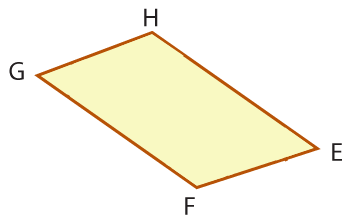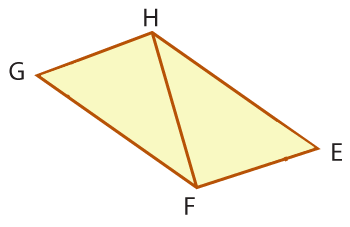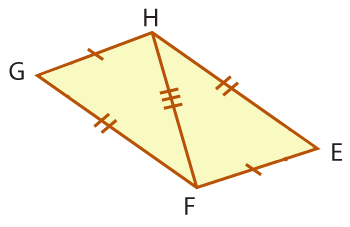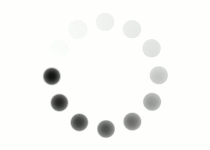At this point, the detective was concerned that the parallelogram postulates could be circumstantial evidence. In other words, the postulates were true for a few specific parallelograms, but did they hold true in general? Because he was an excellent detective, Reese knew he needed proof. First, he wanted to prove that opposite angles in a parallelogram are congruent. To do so, he used the steps listed in the table below. Click each step in the table to examine the proof.
 |
In parallelogram EFGH, prove ∠E ≅ ∠G. |
 |
Draw diagonal FH to create △EFH and △FHG. |
 |
By the definition of a parallelogram, EF ≅ HG and FG ≅ EH. Also, FH ≅ FH by the Reflexive Property of Congruence. By SSS, △EFH ≅ △FHG. |
 |
By CPCTC, ∠E ≅ ∠G. |
Detective Reese was now convinced that opposite angles in a parallelogram are congruent.
Question
In parallelogram ABCD, angle A is opposite angle C and adjacent to angle B. Which angle is congruent to angle A?
Angle C
